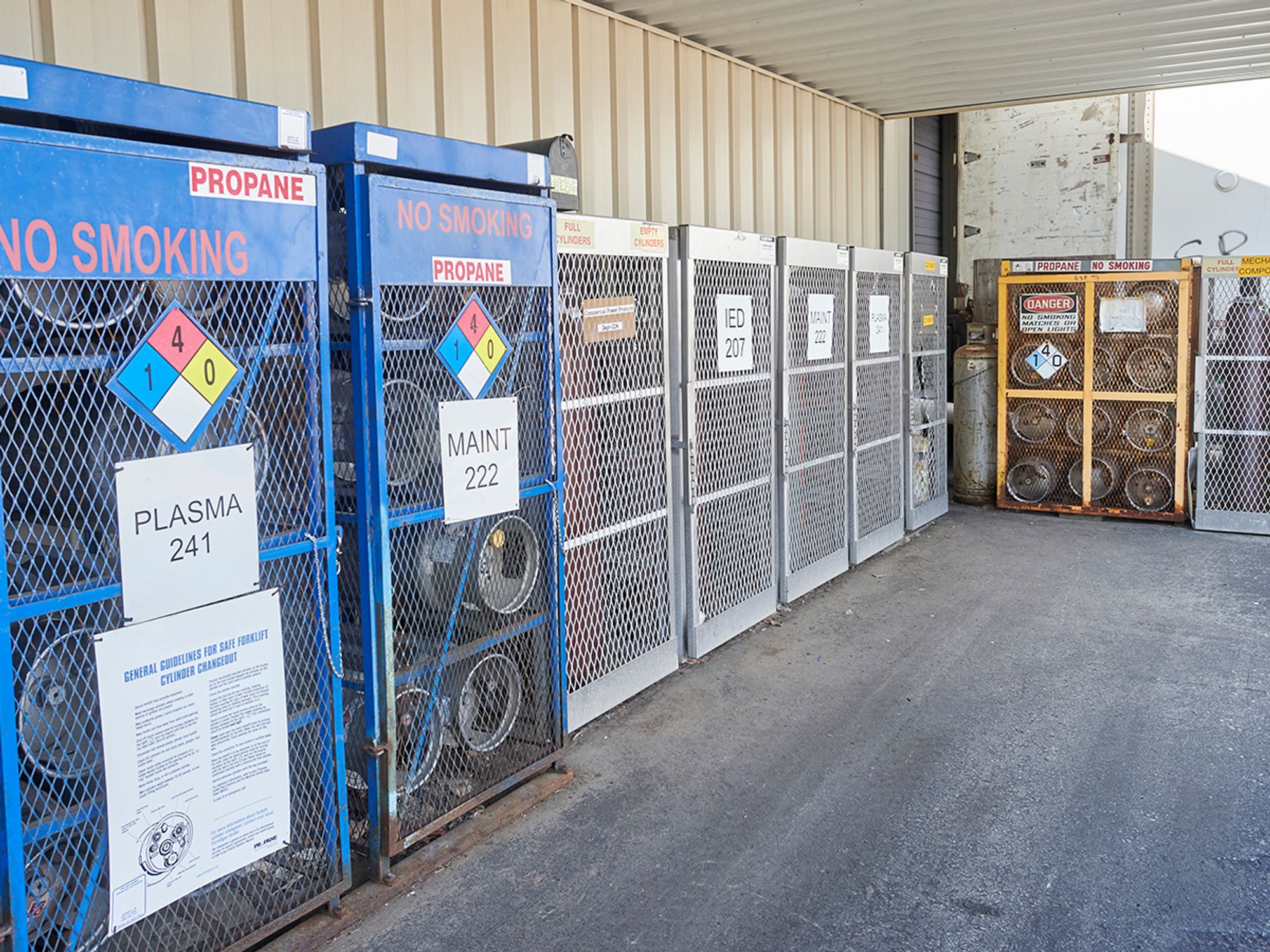InstituteSafety and Health Programs and TrainingTraining & DevelopmentSafety and Health Programs and TrainingFocus AreaHuman ResourcesEnglishAnalysisIn Depth Sub Topics (Level 4)USA
Enclosure of hazards
['Safety and Health Programs and Training']

- Enclosing a hazard usually means that there is no hazard exposure to workers during normal operations.
When a hazard cannot be removed and cannot be replaced with a less hazardous alternative, the next best control is enclosure. Enclosing a hazard usually means that there is no hazard exposure to workers during normal operations. There still will be potential exposure to workers during maintenance operations or if the enclosure system breaks down. For those situations, additional controls such as safe work practices or personal protective equipment (PPE) may be necessary to control exposure.
Some examples of enclosures are:
- Complete enclosure of moving parts of machinery;
- Complete containment of toxic liquids or gases from the beginning to the end of a process;
- Glove box operations to enclose work with dangerous microorganisms, radioisotopes, or toxic substances; and
- Complete containment of noise, heat, or pressure producing processes with materials especially designed for those purposes.
